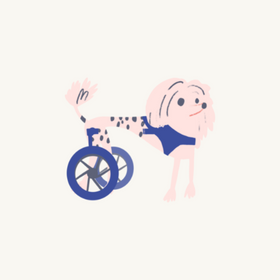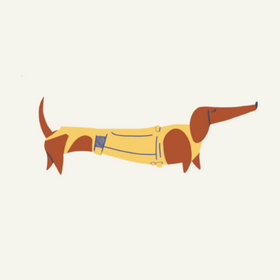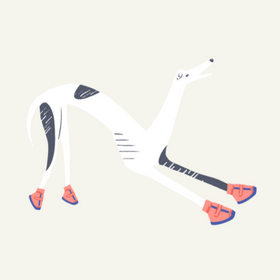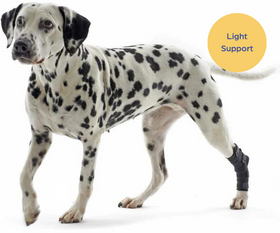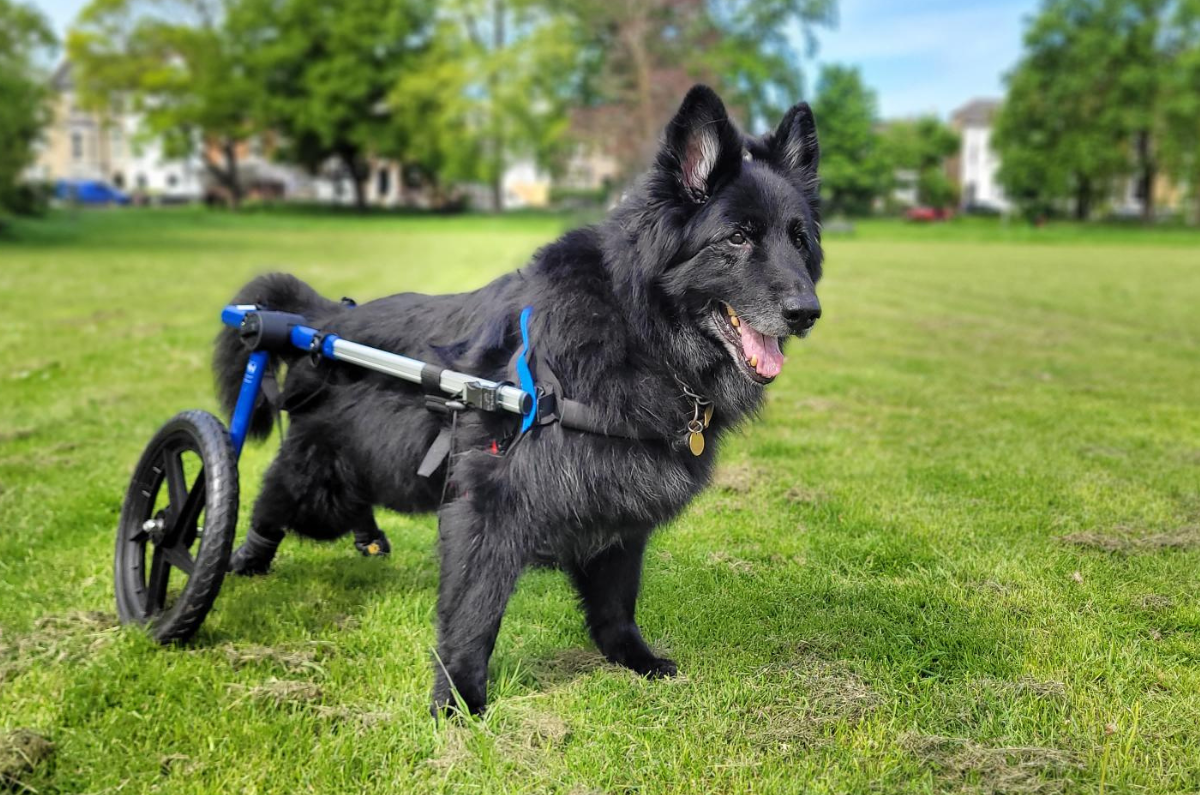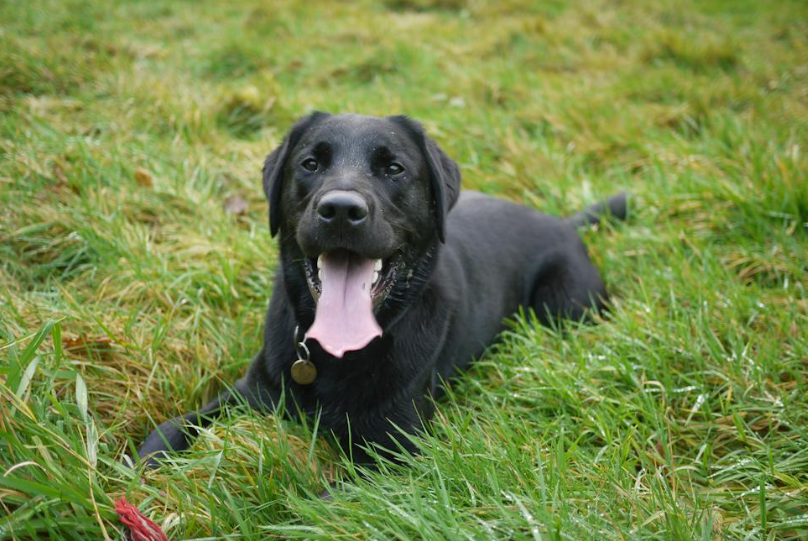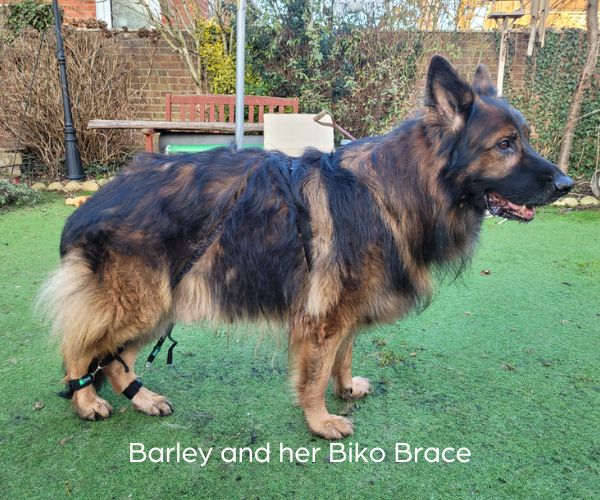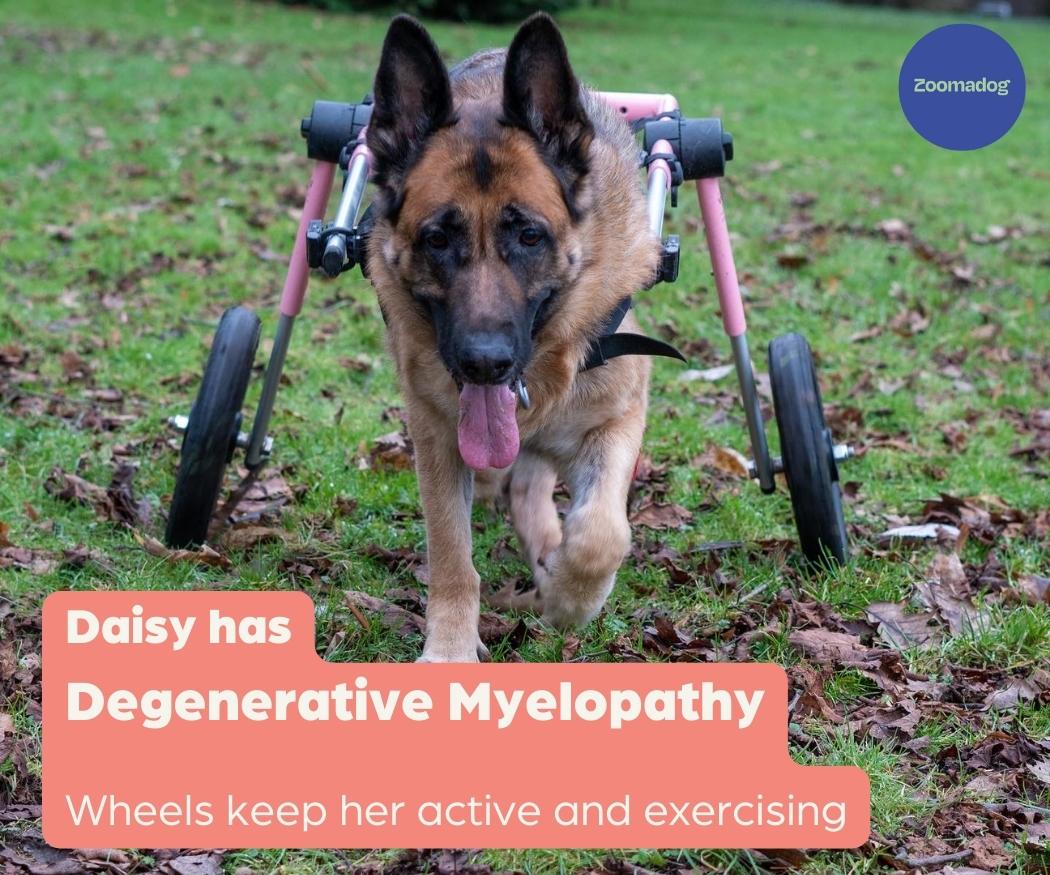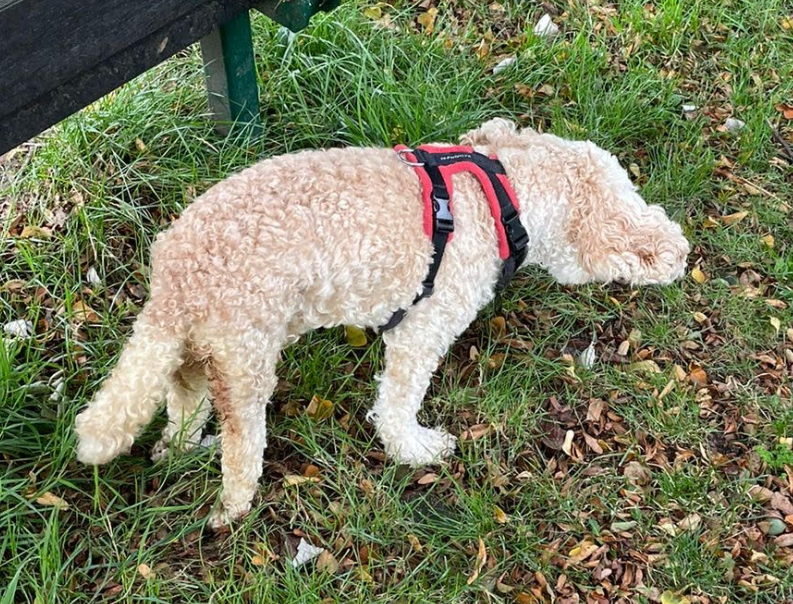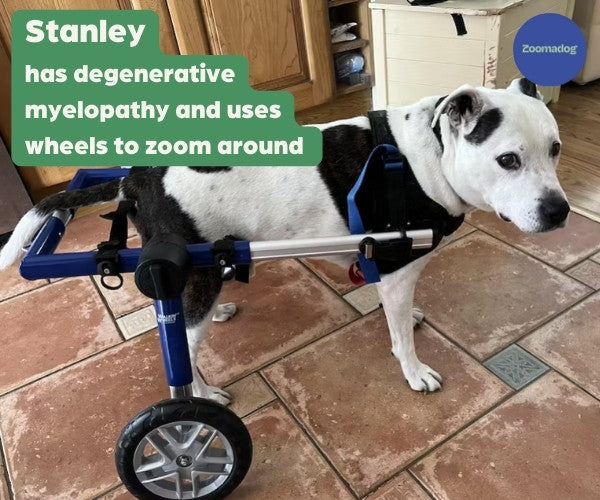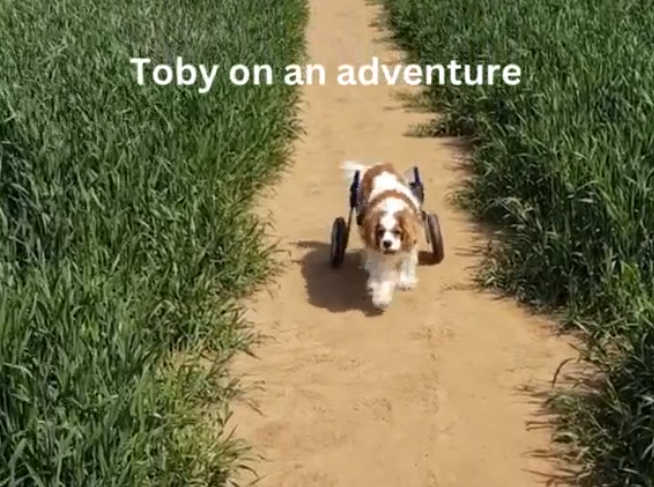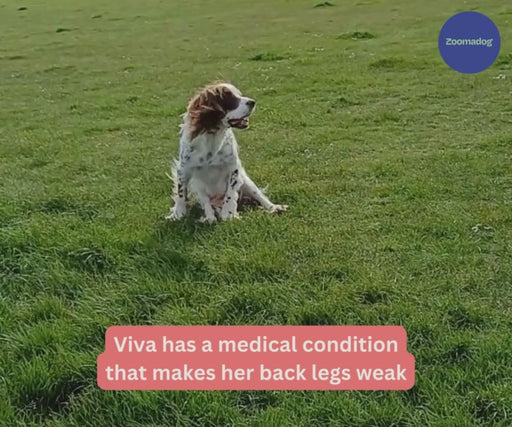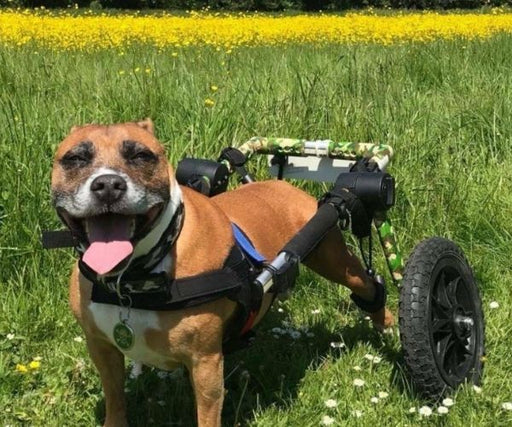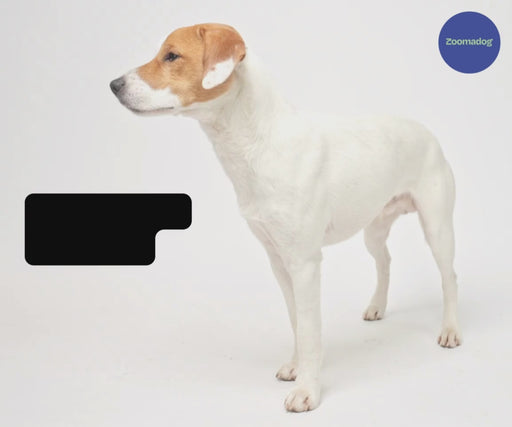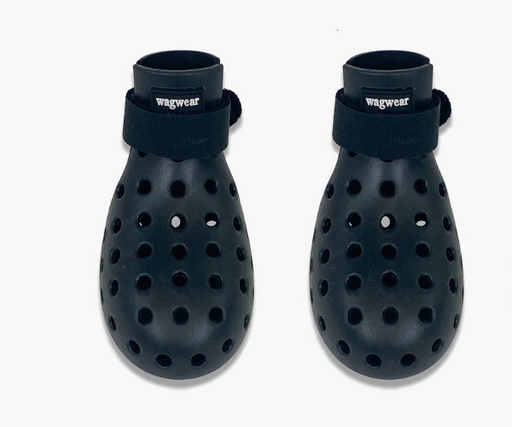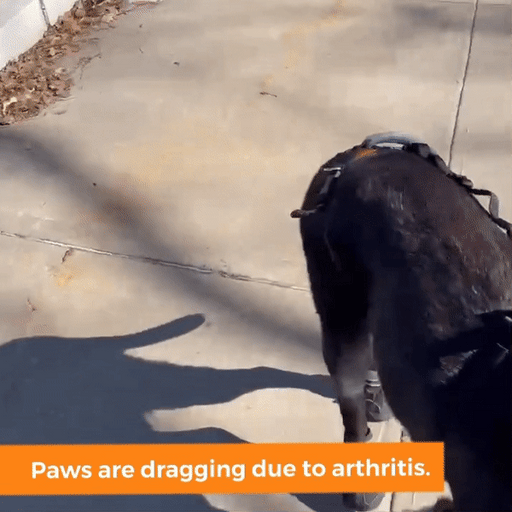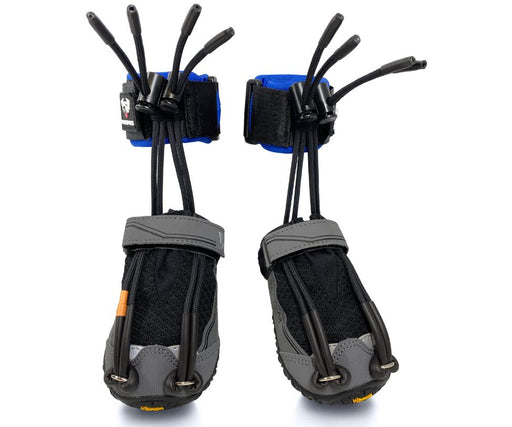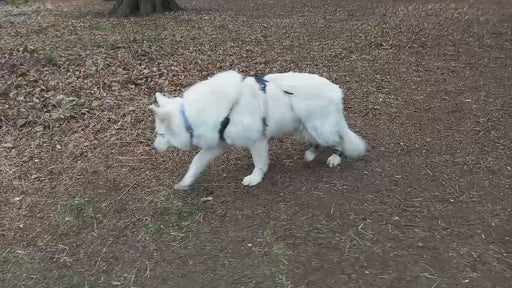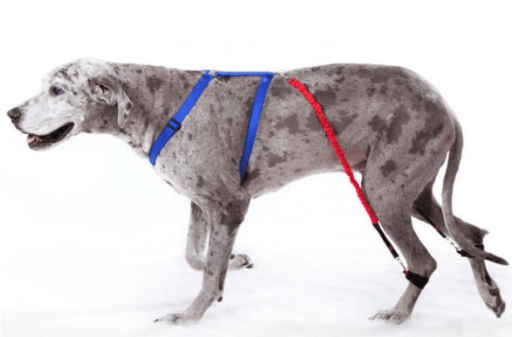Treatment Options: How Can I Help My Dog?
When your dog’s been diagnosed with Degenerative Myelopathy, their quality of life and wellbeing should be at the heart of every treatment decision you’re making. The progression of the disease is inevitable - everything is a question of ‘when, not if’. Treatment is, by definition, palliative.
There are four defined stages to the disease, and obviously the higher the stage, the more difficult your dog’s life becomes. The last stage of the disease can progress quite suddenly, and lead to you having to make difficult decisions on behalf of your dog.
Dr Alice Villalobos developed a Quality of Life Scale to help people track how their dog is doing if faced with a terminal illness. The 7 criteria she highlights are:
- Hurt
- Hunger
- Hydration
- Hygiene
- Happiness
- Mobility
- More good days than bad
You can read more about it here
With DM, keeping your dog mobile for as long as possible is extremely important. Wheelchairs allow your dog to move around and go for walks, which will also help with their happiness and hygiene (wheelchairs are designed so your dog can urinate and defecate while in them, although dogs can’t squat in a wheelchair).
The advice is to get your dog used to a wheelchair before the disease has progressed to the stage where they actually need it - i.e the early to mid-stage of DM.
It’s a fallacy that if your dog’s in a wheelchair, it’ll make them lazy. The reality is, with a diagnosis of DM, a wheelchair is a crucial mobility tool.
Other approaches to help manage the disease and its symptoms are:
- Physiotherapy and Hydrotherapy - Keeping core strength and muscle tone for as long as possible.
- Acupuncture - Done once or twice weekly, can work to stimulate the nerves in your dog’s hindquarters.
- Exercise - Both active (walking, climbing stairs, weight shifting exercises) and passive (stretching and range of motion maintenance).
- Canine Massage Therapy - Massage helps keep blood and fluids circulating.
- Photobiomodulation Therapy - This can have very positive results in extending lifespan if used the right amount when a dog’s suffering from Degenerative Myelopathy.
- Medication - The progression of clinical signs has been shown to be slowed with a combination of epsilon-aminocaproic acid, N-acetylcysteine, prednisone, and vitamins B, C, and E.
- Nutrition - Some owners research and follow specific nutritional protocols to help their dogs. Depending on the individual dog, this can make something of a difference.
- Other Mobility Issues - Ensure that there aren’t any other mobility issues at play. DM is generally a pain-free condition so if your dog is showing signs of pain when walking, that may be a concurrent condition, such as arthritis.
BIKO Physio Dog Brace - This mobility aid is designed to give more proprioceptive feedback to your dog’s brain, and helps strengthen the leg muscles. It helps your dog’s legs to move in a straight line (lessening the leg crossing that often characterises the later parts of the early stages of DM), and makes walking and turning easier. Owners report it can help keep their dogs walking for as long as possible.

